Cuba history is a captivating journey through the ages, encompassing indigenous cultures, Spanish colonization, the struggle for independence, revolutionary transformations, and the complex geopolitics of the modern era. Situated at the crossroads of the Caribbean, Cuba’s story is shaped by its diverse landscapes, vibrant cultures, and a persistent spirit of resilience. In this comprehensive exploration, we will delve into key periods and milestones, unraveling the layers of Cuba’s complex and rich history.
Indigenous Cuba:
Before the arrival of Christopher Columbus in 1492, the island of Cuba was inhabited by indigenous peoples known as the Taíno. The Taíno were part of the larger Arawakan-speaking cultures that thrived in the Caribbean. They lived in small communities, practiced agriculture, and had a rich spiritual and cultural life.
The encounter with European explorers marked a turning point for the Taíno and other indigenous groups in the Caribbean. The arrival of the Spanish brought colonization, forced labor, and the introduction of new diseases, leading to the decline of the native populations.
Spanish Colonization (16th – 19th centuries):
Cuba was one of the first Caribbean islands to be colonized by the Spanish. Christopher Columbus landed on the island in 1492 during his first voyage to the Americas. However, it was Diego Velázquez who led the conquest and established Baracoa, the first Spanish settlement, in 1511.
Spanish colonization brought profound changes to Cuba’s society and economy. The encomienda system, which granted Spanish settlers control over indigenous labor, became a central feature of the colonial order. The exploitation of indigenous labor, coupled with the introduction of African slaves, fueled the growth of sugar plantations and established Cuba as a significant center of the transatlantic slave trade.
Havana, founded in 1515, became a crucial port city and a hub for Spanish colonial activities in the Caribbean. The city’s strategic location contributed to its development as a center for trade and commerce.
Throughout the colonial period, Cuba experienced periodic attacks by European powers, including raids by pirates and privateers. The British occupation of Havana in 1762, a result of the Seven Years’ War, was a brief but impactful episode in Cuba’s colonial history.
Struggles for Independence (19th century):
The 19th century marked a period of significant political and social change for Cuba. The ideals of independence and self-determination gained momentum across Latin America, and Cuba was no exception.
The influence of the Enlightenment, coupled with the impact of events such as the Haitian Revolution, inspired a desire for freedom among Cuba’s Creole elite. The Creoles, born in the Americas but of Spanish descent, sought greater autonomy and political representation.
The first major push for independence came in the early 19th century with the failed uprisings known as the “Conspiración de La Escalera” in 1843 and the “Conspiracy of La Demajagua” in 1848. However, it was the Ten Years’ War (1868–1878) that became a significant chapter in Cuba’s struggle for independence.
The Ten Years’ War was ignited by the insurrection led by Carlos Manuel de Céspedes, who issued the Grito de Yara in 1868, declaring the abolition of slavery and the beginning of the war for independence. The conflict was marked by both military and diplomatic efforts, and figures like Antonio Maceo and Máximo Gómez became iconic leaders.
Despite the aspirations for independence, the Ten Years’ War ended without achieving its goals. The Pact of Zanjón in 1878 brought an official end to hostilities but fell short of granting Cuba full independence.
Cuban War of Independence (1895–1898):
The desire for independence persisted, and in 1895, another major uprising known as the Cuban War of Independence began. This conflict, led by figures such as José Martí, Máximo Gómez, and Antonio Maceo, sought to break free from Spanish rule and establish an independent Cuban republic.
The war was characterized by guerrilla warfare and acts of resistance, with both sides facing significant challenges. The Spanish government, under increasing pressure, sought to quell the rebellion through military force and concentration camps.
The sinking of the USS Maine in Havana’s harbor in 1898 heightened tensions between the United States and Spain, leading to the Spanish-American War. The United States intervened in the conflict, and, as a result of the Treaty of Paris in 1898, Cuba was ceded to the United States.
Occupation and Independence (1898 – 1902):
The United States assumed control of Cuba after the Spanish-American War, leading to a period of military occupation. While the intervention had initially been welcomed by some Cuban independence leaders, it soon became apparent that the United States intended to establish its influence over the island.
The Platt Amendment, incorporated into Cuba’s constitution, granted the United States the right to intervene in Cuban affairs. The Guantánamo Bay Naval Base was established, and Cuba’s economic and political affairs were subject to American oversight.
Cuban dissatisfaction with the American presence, coupled with the desire for true independence, led to the formation of a provisional government. In 1902, the United States formally withdrew from Cuba, and the Republic of Cuba was officially established. Tomás Estrada Palma became the first president of the newly independent nation.
However, the legacy of American intervention and the economic ties between the two countries continued to shape Cuba’s political landscape.
Cuban Republic and Political Instability (1902 – 1952):
The early decades of the Cuban Republic were marked by political instability, economic challenges, and social inequality. The sugar industry remained central to the Cuban economy, and foreign corporations, including American interests, played a significant role in shaping the nation’s economic policies.
Cuba experienced a series of political changes, with shifting alliances and struggles for power. The political landscape was characterized by corruption, electoral fraud, and a lack of political stability.
The Great Depression in the 1930s had a profound impact on Cuba’s economy, exacerbating social inequality and discontent. The unrest culminated in the 1933 revolution led by Sergeant Fulgencio Batista. Batista’s rise to power marked the beginning of a period of authoritarian rule.
The political situation continued to be tumultuous, with Batista alternating between periods in power and exile. In 1940, a new constitution was adopted, but political instability persisted.
Cuban Revolution (1953 – 1959):
The 1950s saw the emergence of a revolutionary movement led by Fidel Castro, along with his brother Raúl Castro and revolutionary icon Ernesto “Che” Guevara. Dissatisfaction with Batista’s regime, fueled by corruption, repression, and social inequality, culminated in the attack on the Moncada Barracks in 1953.
The Moncada attack was a failure, but it marked the beginning of a transformative chapter in Cuban history. Fidel Castro and his followers were imprisoned but later released. In exile, Castro continued to organize and gather support for his revolutionary cause.
In 1956, Castro, Guevara, and a small band of rebels landed in Cuba to launch the guerrilla war known as the Cuban Revolution. Over the next two years, the rebels engaged in a series of battles against Batista’s forces, gaining support from various sectors of Cuban society.
The turning point came in 1958 with the Battle of Santa Clara, where Guevara’s forces emerged victorious. Batista fled the country on January 1, 1959, and Fidel Castro marched into Havana, marking the triumph of the Cuban Revolution.
Socialist Cuba and Cold War (1960s – 1980s):
Following the revolution, Fidel Castro declared Cuba a socialist state and embarked on a series of economic and social transformations. The nationalization of industries, land reforms, and the establishment of diplomatic ties with the Soviet Union marked the beginning of a new era in Cuban history.
The United States, viewing the Cuban Revolution through the lens of Cold War geopolitics, imposed economic sanctions and attempted to isolate Cuba. The Bay of Pigs Invasion in 1961, a failed attempt by Cuban exiles to overthrow the Castro government with U.S. support, further strained relations between Cuba and the United States.
The Cuban Missile Crisis in 1962, a 13-day standoff between the United States and the Soviet Union over Soviet missile deployments in Cuba, brought the world to the brink of nuclear war. The crisis ended with the removal of the missiles and an agreement between the superpowers.
Cuba became a key player in Cold War geopolitics, aligning itself with the Soviet bloc. The island received economic and military assistance from the Soviet Union, and its economy became highly dependent on Soviet subsidies.
The 1970s and 1980s were marked by efforts to consolidate the gains of the revolution. Social programs aimed at improving education and healthcare were implemented, and Cuba became known for its achievements in these fields.
However, the economic challenges of the 1990s, exacerbated by the collapse of the Soviet Union and the loss of Soviet subsidies, led to a period of hardship known as the “Special Period.” Cuba faced shortages of food, fuel, and other essential goods, prompting the government to implement economic reforms.
Contemporary Cuba (1990s – Present):
The post-Cold War era brought challenges and changes to Cuba. In 1996, the Helms-Burton Act further intensified the U.S. embargo against Cuba, maintaining economic sanctions and restrictions. The Cuban government, meanwhile, sought to diversify its economy and attract foreign investment.
The death of Fidel Castro in 2016 marked a historic moment for Cuba. His brother, Raúl Castro, who had assumed power in 2008, stepped down as president in 2018, signaling a generational shift in Cuban leadership.
Miguel Díaz-Canel became the new president, marking the first time since the revolution that Cuba was not led by a member of the Castro family. Díaz-Canel faced the challenges of economic reforms, improving relations with the United States, and addressing social issues.
Cuba’s healthcare and education systems continued to be sources of pride, earning international recognition. However, economic challenges persisted, and there were calls for greater political openness and human rights reforms.
In 2021, unprecedented anti-government protests erupted across Cuba, driven by grievances over economic hardship, government policies, and a desire for political change. The protests highlighted the complex dynamics of contemporary Cuba and the aspirations of a new generation for a more open and inclusive future.
Conclusion:
Cuba’s history is a tapestry woven with the threads of indigenous cultures, Spanish colonization, the quest for independence, revolutionary upheavals, and the challenges of the modern era. The island nation’s rich cultural heritage, marked by the fusion of indigenous, African, and Spanish influences, is evident in its music, dance, literature, and vibrant traditions.
From the struggles against Spanish rule and U.S. intervention to the transformative impact of the Cuban Revolution, the nation has weathered significant historical shifts. The resilience of the Cuban people, their commitment to social justice, and the ability to navigate complex geopolitical currents have defined Cuba’s trajectory.
As Cuba enters the 21st century, it faces a dynamic landscape of economic reforms, changing global dynamics, and internal calls for greater political openness. The echoes of its history, from the battles for independence to the challenges of the Cold War and the resilience of its revolutionary spirit, continue to shape Cuba’s identity and aspirations for the future.
Cuba’s history is a living narrative, one that reflects the complexities of a nation at the crossroads of history, culture, and political ideology. The island’s story, with its triumphs and challenges, remains a testament to the enduring spirit of a people whose journey has left an indelible mark on the tapestry of world history.






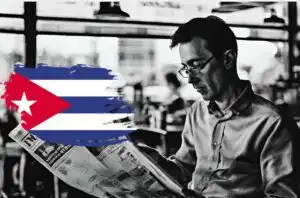
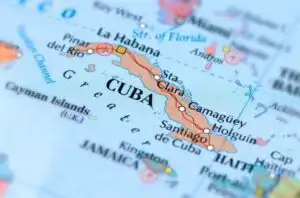

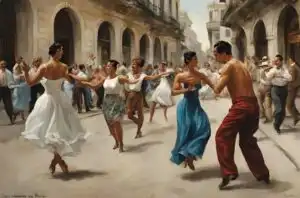


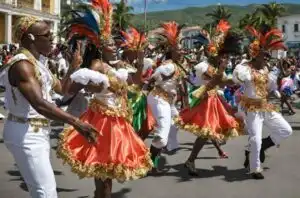

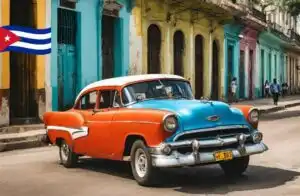
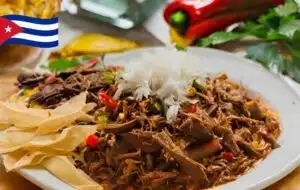

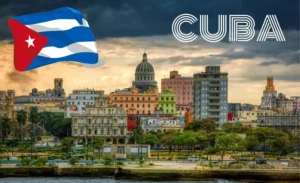

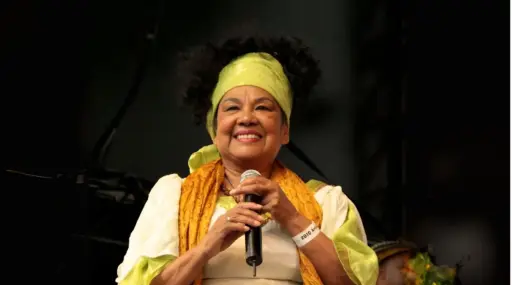


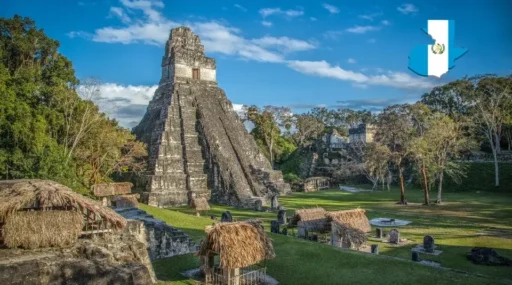




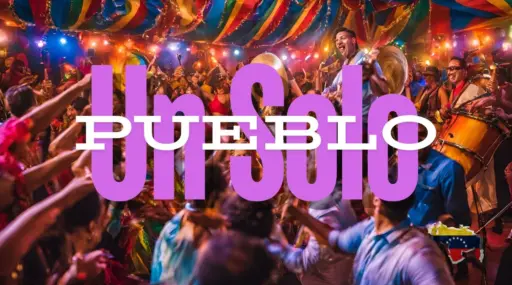


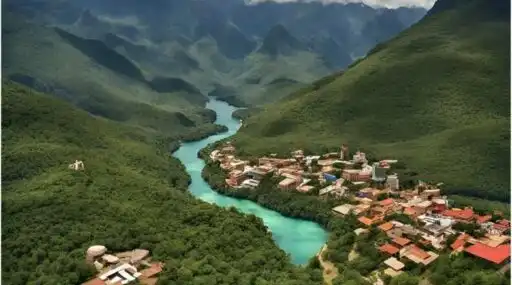

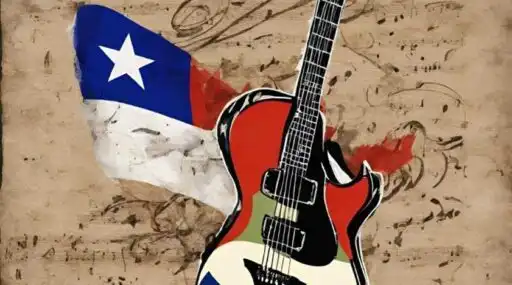

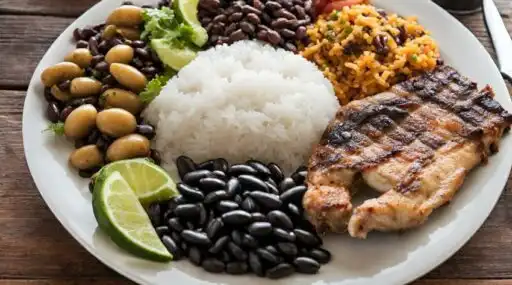

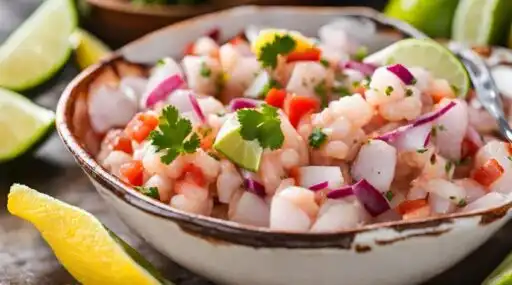






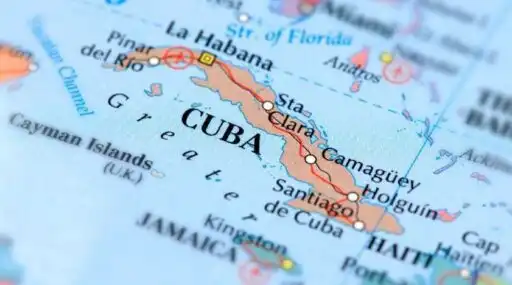




Leave a Reply